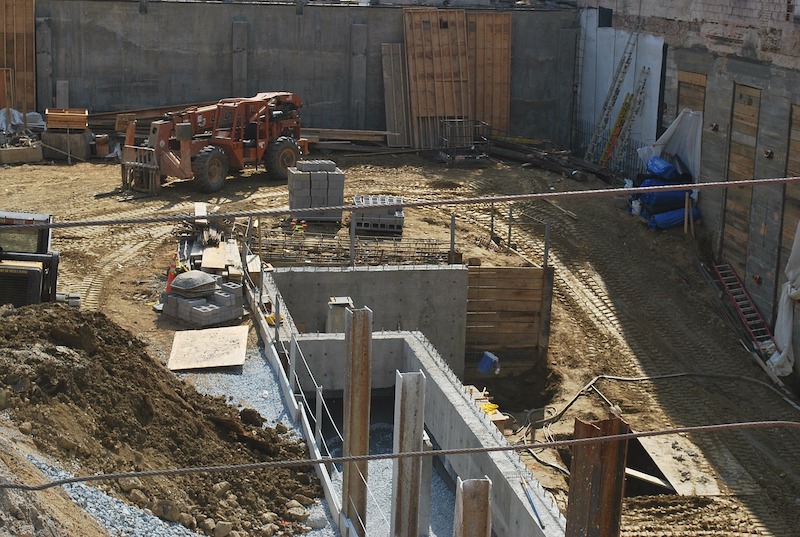North America’s construction output is forecast to fall by 6.5% in 2020, with Canada projected to see the steepest decline in output (-7%) owed in part to the collapse in global oil prices, while construction output in the US is projected to decrease by -6.5%, according to GlobalData, a leading data and analytics company.
Even though all construction activities have been allowed to continue in most parts of the US and Canada since the start of the COVID-19 pandemic, many projects in the bidding or final planning stages have been delayed or canceled largely due to the uncertainty surrounding the economy, falling demand for new construction works, and concerns related to COVID-19 safety measures at construction sites.
Dariana Tani, Economist at GlobalData, comments: “With the absence of a vaccine and the number of coronavirus cases continuing to increase across the region, especially in the US, the short-term outlook for North America’s construction industry remains highly uncertain and will depend to a large extent on how long the social distancing measures both voluntary and compulsory prevails in the second half of 2020 and in 2021.”
GlobalData expects construction activity to remain weak over the remaining the forecast period (2021-2024). Public authorities in the US and Canada are currently trying to find a balance between returning their economies back to normal while making sure that citizens remain safe through social distancing guidelines, increased testing and contract tracing, and workforce protection controls. These measures will become more or less strict depending on the rate of infection and the operating capacity of the healthcare system.
Related Stories
Market Data | Jul 29, 2016
ABC: Output expands, but nonresidential fixed investment falters
Nonresidential fixed investment fell for a third consecutive quarter, as indicated by Bureau of Economic Analysis data.
Industry Research | Jul 26, 2016
AIA consensus forecast sees construction spending on rise through next year
But several factors could make the industry downshift.
Architects | Jul 20, 2016
AIA: Architecture Billings Index remains on solid footing
The June ABI score was down from May, but the figure was positive for the fifth consecutive month.
Market Data | Jul 7, 2016
Airbnb alleged to worsen housing crunch in New York City
Allegedly removing thousands of housing units from market, driving up rents.
Market Data | Jul 6, 2016
Construction spending falls 0.8% from April to May
The private and public sectors have a combined estimated seasonally adjusted annual rate of $1.14 trillion.
Market Data | Jul 6, 2016
A thriving economy and influx of businesses spur construction in downtown Seattle
Development investment is twice what it was five years ago.
Multifamily Housing | Jul 5, 2016
Apartments continue to shrink, rents continue to rise
Latest survey by RENTCafé tracks size changes in 95 metros.
Multifamily Housing | Jun 22, 2016
Can multifamily construction keep up with projected demand?
The Joint Center for Housing Studies’ latest disection of America’s housing market finds moderate- and low-priced rentals in short supply.
Contractors | Jun 21, 2016
Bigness counts when it comes to construction backlogs
Large companies that can attract talent are better able to commit to more work, according to a national trade group for builders and contractors.
Market Data | Jun 14, 2016
Transwestern: Market fundamentals and global stimulus driving economic growth
A new report from commercial real estate firm Transwestern indicates steady progress for the U.S. economy. Consistent job gains, wage growth, and consumer spending have offset declining corporate profits, and global stimulus plans appear to be effective.

















